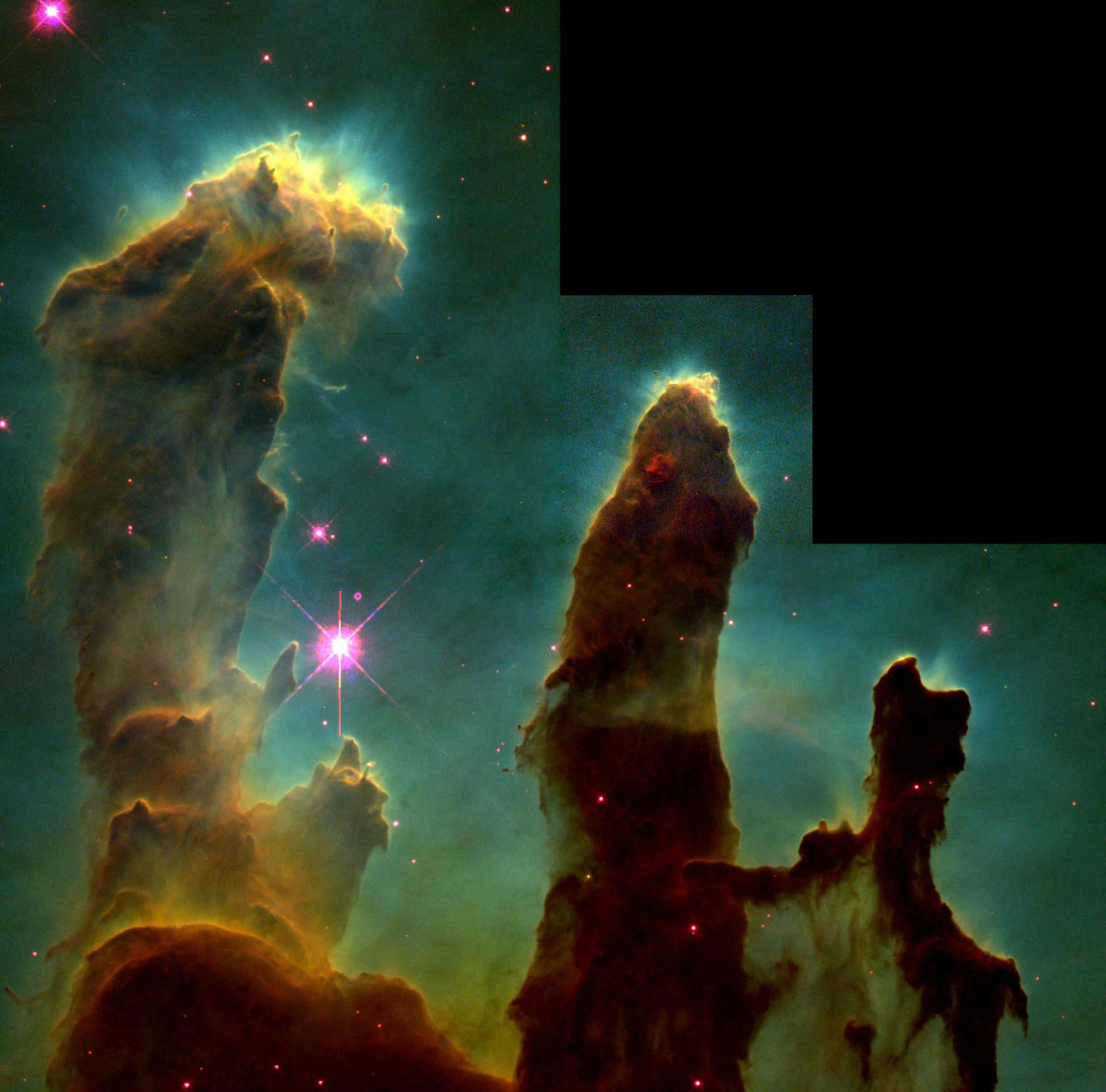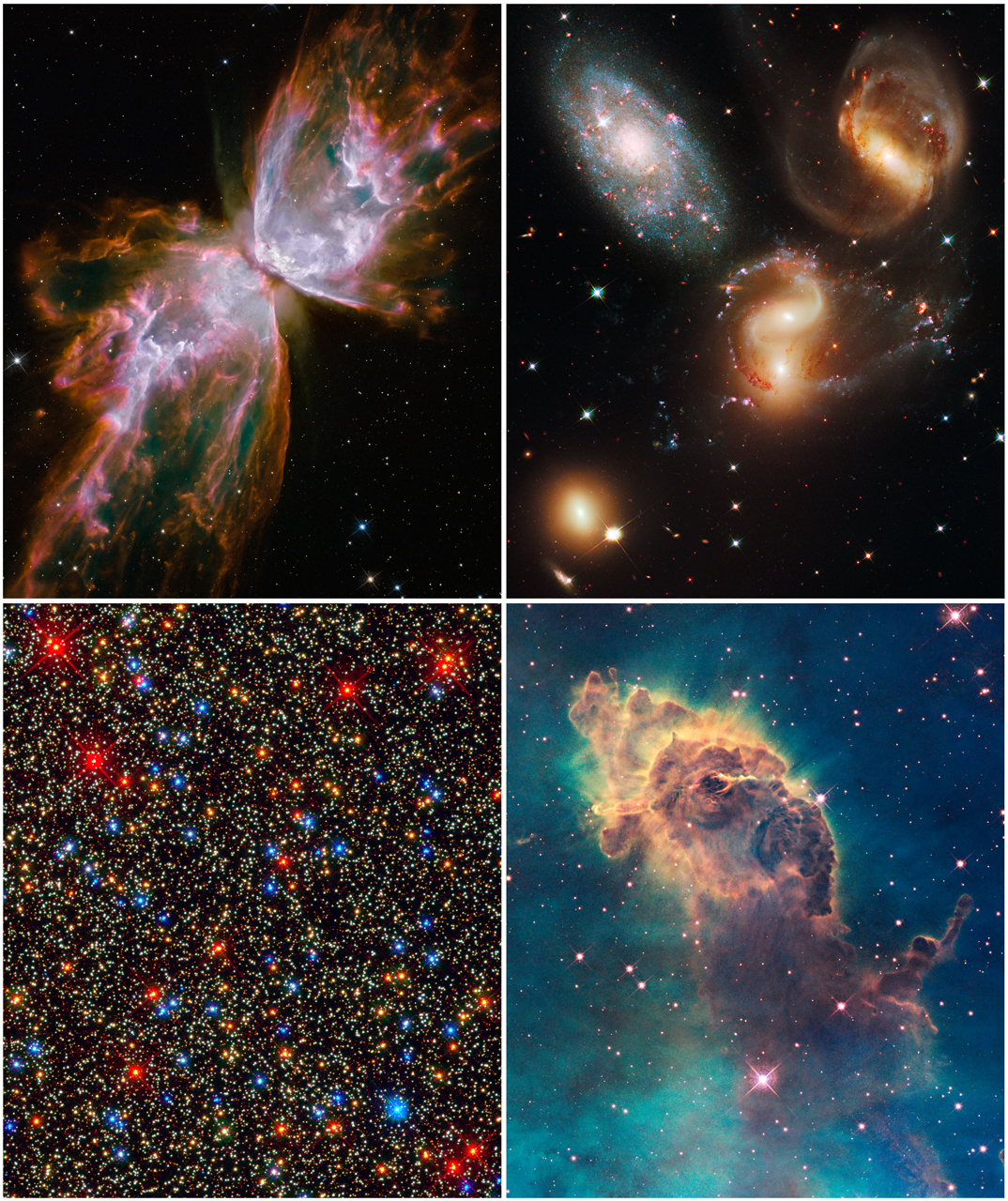In conjunction with the public release of observations from four of its six operating science instruments on September 9, 2009, the NASA/ESA Hubble Space Telescope (HST) was declared a fully rejuvenated observatory, ready for a new decade of exploration. “This marks a new beginning for Hubble,” said Ed Weiler, associate administrator for NASA’s Science Mission Directorate at NASA Headquarters in Washington. “The telescope was given an extreme makeover and now is significantly more powerful than ever, well-equipped to last into the next decade.”
Launched in 1990, the HST has orbited the earth well over 100,000 times (once every 96 minutes) and has been repaired 5 times. The butt of “white elephant” jokes when it was discovered that the original, main mirror had been ground incorrectly, severely limiting the telescope’s capabilities, the HST is now regarded as one of the most important scientific tools ever built.
The scientific concept of a space telescope dates back to 1923 when Hermann Oberth, considered a founder of modern rocketry, published Die Rakete zu den Planetenräumen (“The Rocket into Planetary Space”), which considered the possibility of a telescope being propelled into Earth orbit by a rocket. In Jonathan Swift’s Gulliver’s Travels, written in 1726, the Laputans use telescopes to observe the celestial bodies from their flying island, miles above the earth. While Gulliver’s Travels is not science fiction per se, the terms “science” and “science fiction” have begun to blur in modern times. The term “science fiction” first appeared in 1851 in William Wilson’s A Little Earnest Book upon a Great Old Subject: “Science-Fiction, in which the revealed truths of Science may be given, interwoven with a pleasing story which may itself be poetical and true” (http://andromeda.rutgers.edu/~hbf/sfhist.html).
The story of the HST is, indeed, pleasing, and the truths of science, as revealed by Hubble, are certainly poetical: “What Hubble has done: it’s enabled our hearts, our minds, our spirits to travel throughout the Solar System, even billions of light-years to the very beginning of time almost. And I think its ability to inspire at least some of our school kids to consider careers in engineering, science and math – that will be its most important legacy, not just keeping us astronomers happy” (NASA’s chief scientist, Ed Weiler).
Editor’s Note: Comprehensive discussions of the HST can be found at hubblesite.org, the European web site for Hubble, NASA’s Hubble web site, and Wikipedia.
Article by Bill Norrington




